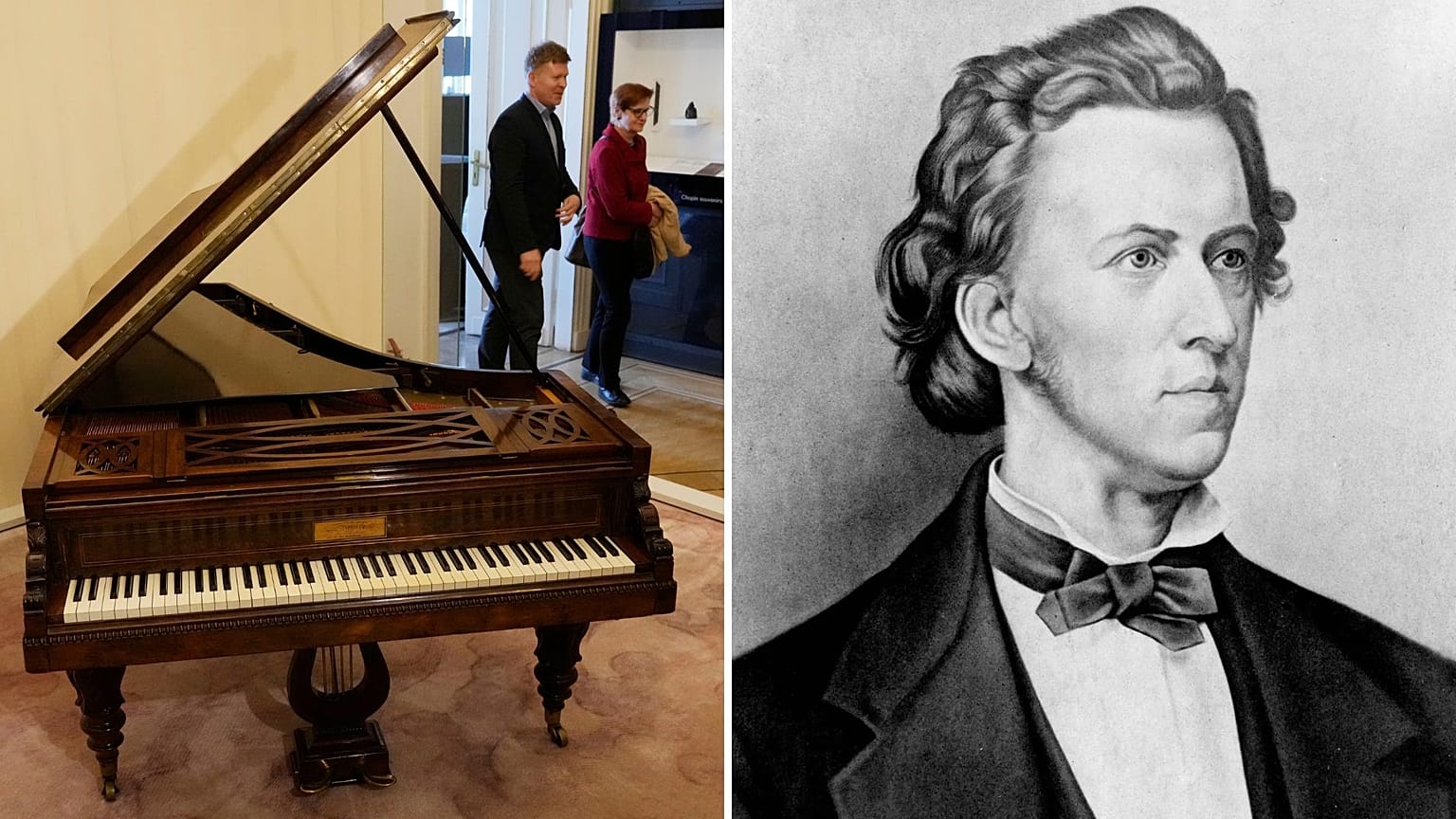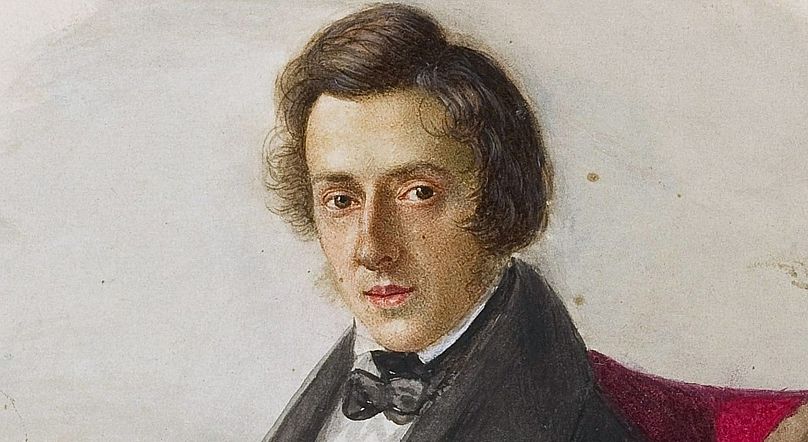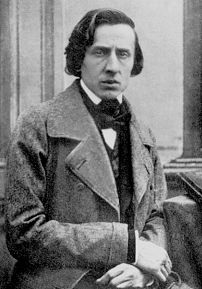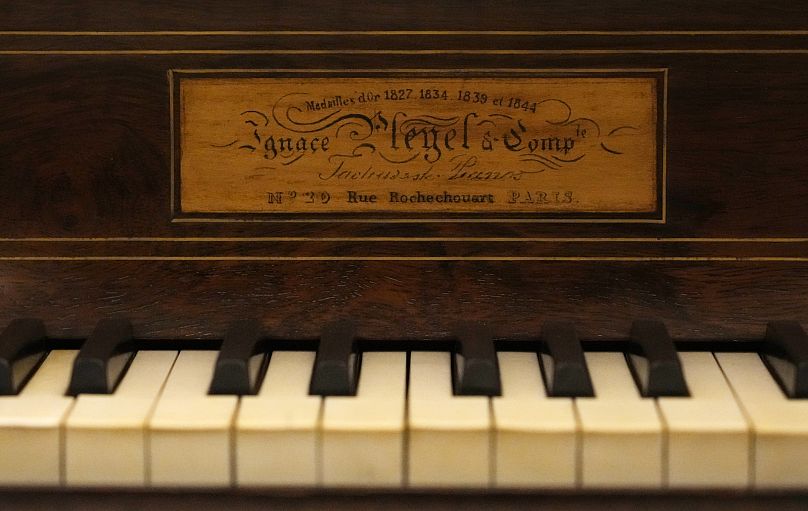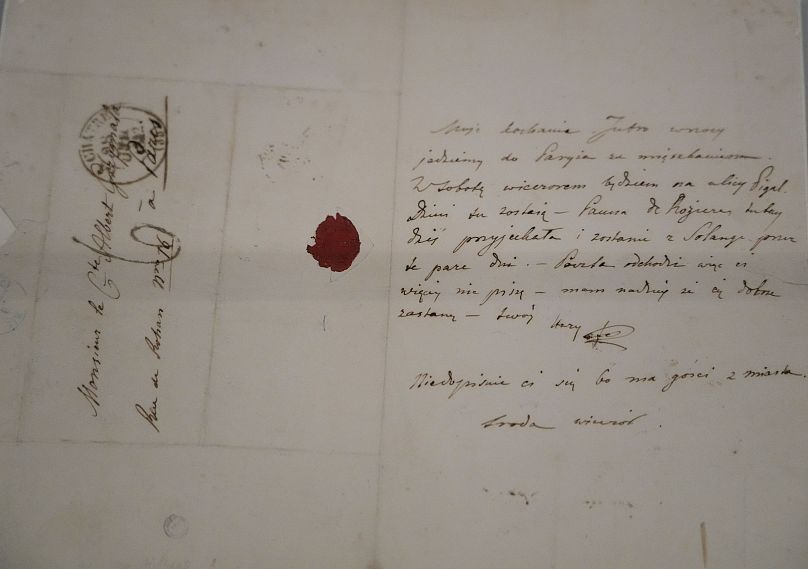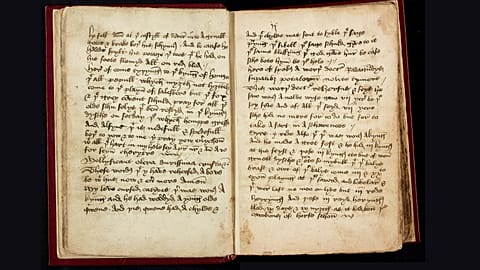The newly designed exhibition features an impressive array of priceless artifacts, including Chopin's final piano, a 19th-century Pleyel dating back to 1848, and an extensive collection of authentic manuscripts.
Guess who's back, back again? Frédéric Chopin's back, tell a friend!
Well not quite, but the museum dedicated to him soon will be.
The National Frédéric Chopin Institute in Warsaw has undergone a makeover and is ready to welcome visitors to its latest exhibition.
The exhibition, which showcases the last piano and original 19th-century manuscripts of the hugely celebrated Polish pianist and composer, promises to offer its visitors a fresh and unique insight into Chopin's life and legacy.
It reopens its doors to the public on Saturday 29 April.
Who was Frederic Chopin?
Born in 1810 in Żelazowa Wola, Poland (a small village near Warsaw), Chopin started his musical education at a young age and was soon recognised as a musical prodigy.
At the age of 19, he left his home country and traveled to Vienna, where he quickly made a name for himself in the music scene. He then went on to Paris, which would become his home for the rest of his life.
In Paris, Chopin became a sought-after piano teacher to the city's elite. His music was a blend of Polish folk melodies and classical forms, and it was quickly embraced by the French aristocracy.
Despite being plagued by poor health throughout his life, Chopin continued to compose and perform, often playing in salons and intimate settings rather than large concert halls.
He composed over 200 pieces for the piano, including preludes, nocturnes, and waltzes, which remain some of the most beloved and frequently performed pieces of classical music.
Chopin's life was cut short by illness, and he died in Paris in 1849 at the age of 39.
But despite his relatively short life, Chopin's influence on music has been immeasurable. His works have been studied, performed, and admired by countless musicians, and his legacy continues to inspire new generations of composers and performers.
What's changed about the museum?
A large part of the renovation was creating the right air and light conditions for exhibiting original, 19th century writings and objects.
“The main reason of this refurbishing was to create a good atmosphere, good air conditions for the originals, for the original objects. Because they are very sensitive and we’ve got to be very careful when we show them to the audience," explains the Director of the National Frédéric Chopin Institute, Artur Szklener.
"And at the same time we wanted to change some ideas of the exhibition itself showing more of the originals," he adds.
The focus of the renewed exhibition is on the original manuscripts, and the museum's presentation of the exhibits has also been improved during the refurbishment.
What's on display?
The newly revamped exhibition features an array of artefacts, including Chopin's last piano, a Pleyel dating back to 1848, and a collection of original manuscripts.
The precious instrument ended up in Warsaw after the composer's death, where it was sold to pupil and friend Jane Stirling. She later passed it on to Chopin's sister Ludwika, who sold it on to the National Museum of Warsaw in 1924.
Visitors can also view letters written by Chopin to his companion, the writer George Sand, and a satirical drawing that Sand made of him.
Additionally, an oil portrait of Chopin painted by his friend Teofil Kwiatkowski is on display.
The museum has also made space for more items that were owned or linked to the Romantic-era composer, who spent half of his life in Paris.
"Especially, after the pandemic, we realised that people are overwhelmed, oversaturated with things that are not original. They have enough of it and they wanted more originals, they wanted to touch the real thing. And that was the reason for change: be original. And we are," says Aleksander Laskowski, spokesman for the National Frédéric Chopin Institute.
"The letters that are on display here are the absolute originals certified, verified by our experts, and these are the letters he wrote himself, and they are at the heart of our collection. They are romantically very inspiring because when you read them, you get very close to Chopin who was quite a literary man, I have to say," explains Laskowski.
The museum will reopen on Saturday 29 April and promises to offer visitors a unique and inspiring experience that reflects the legacy of Poland's greatest 19th-century musician.
Check out the video above for a sneak peek inside the newly-refurbished museum.















